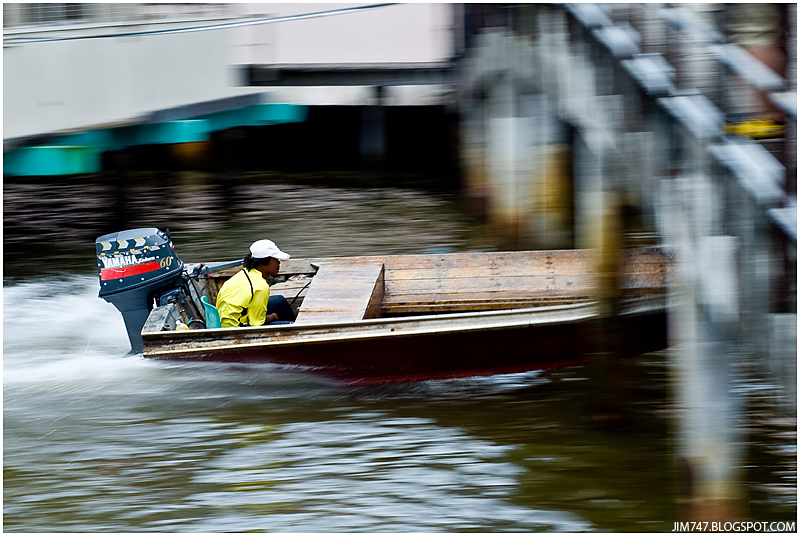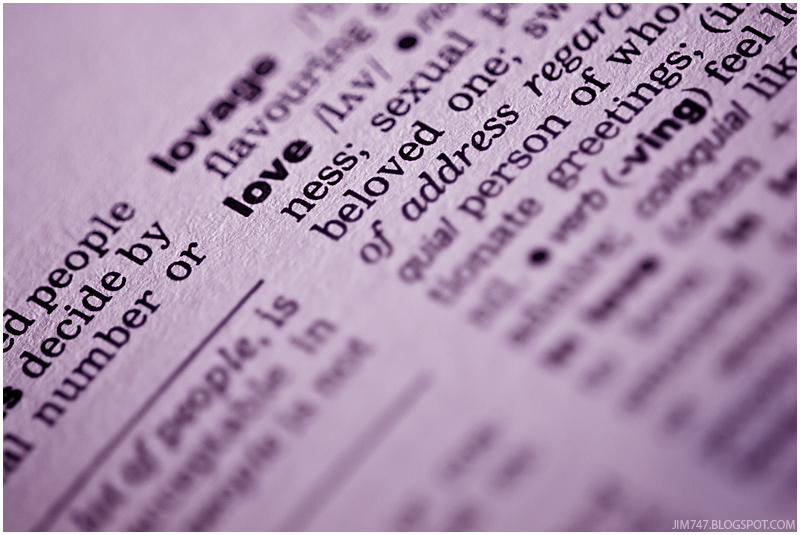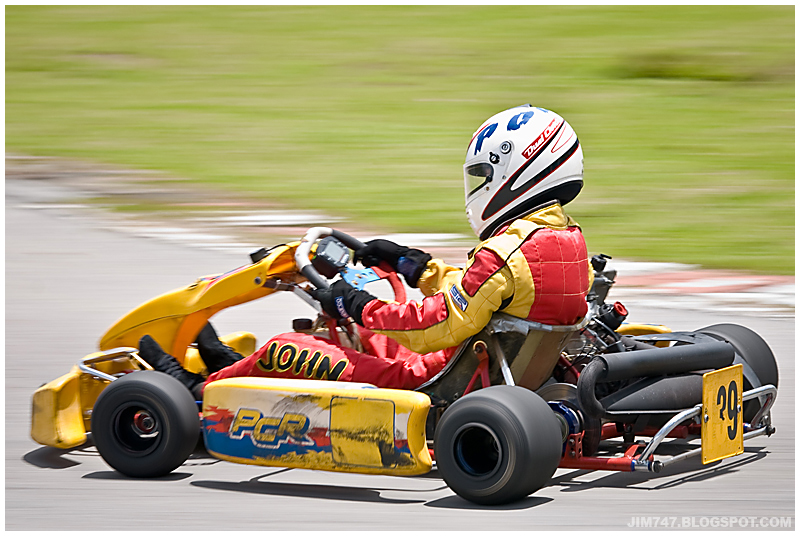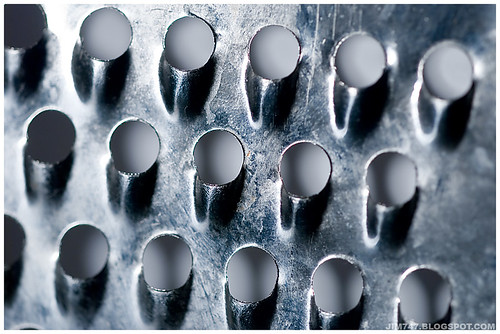Tennis balls
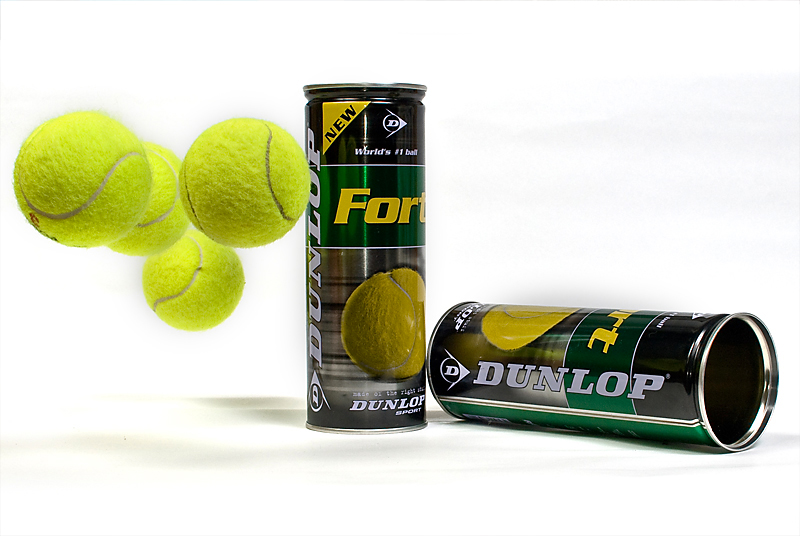
Real tennis balls have been traditionally made from a spherical stitched envelope of leather or cloth stuffed with rags, horsehair or similar material, while tennis balls have always been based on rubber.
From the beginning of lawn tennis in the 1870s, India rubber, made from a vulcanisation process invented by Charles Goodyear in the 1850s, was used to manufacture lawn tennis balls.
Originally tennis balls were made solely of rubber, but the wearing and playing properties of the balls were improved by covering them with flannel stitched around the rubber 'core'. The ball was quickly developed by making the core hollow and pressurising it with gas. Originally, core manufacture was based on the 'clover-leaf' principle whereby uncured rubber sheet was stamped into a shape resembling a three-leaf clover and this was assembled into a roughly spherical space by machinery adapted for the purpose. Chemicals generating pressurising gas were added prior to closing the assembly and these were activated on moulding the core to a spherical shape in heated cavities. The process was used for many years until the precision of the game demanded a higher degree of uniformity (particularly relating to wall thickness) than could be obtained with the clover-leaf method. Now it is usual to compression mould two separate 'half-shells' which are assembled together to produce a 'core'. The original flannel cloth was replaced by special 'melton' cloth made specifically for the purpose and the stitching has been replaced by a vulcanised rubber seam.
Historically, balls were either black or white in colour, depending on the background colour of the courts. In 1972 the ITF introduced yellow tennis balls into the rules of tennis, as research had shown these balls to be more visible to television viewers. Meanwhile Wimbledon continued to use the traditional white ball, but eventually adopted yellow balls in 1986.
Until high altitude balls were introduced into the rules in 1989, only one type of tennis ball was allowed. The Type 1 and Type 3 balls were introduced into the rules in 2002.
Other properties of the tennis ball have changed over time. The range of forward and return deformations - the change in the ball's diameter under an increasing and decreasing load of 8.165 kg - have varied over the years, reaching their current values in 1996.
For more information on the technical/technological aspect of tennis, click here



